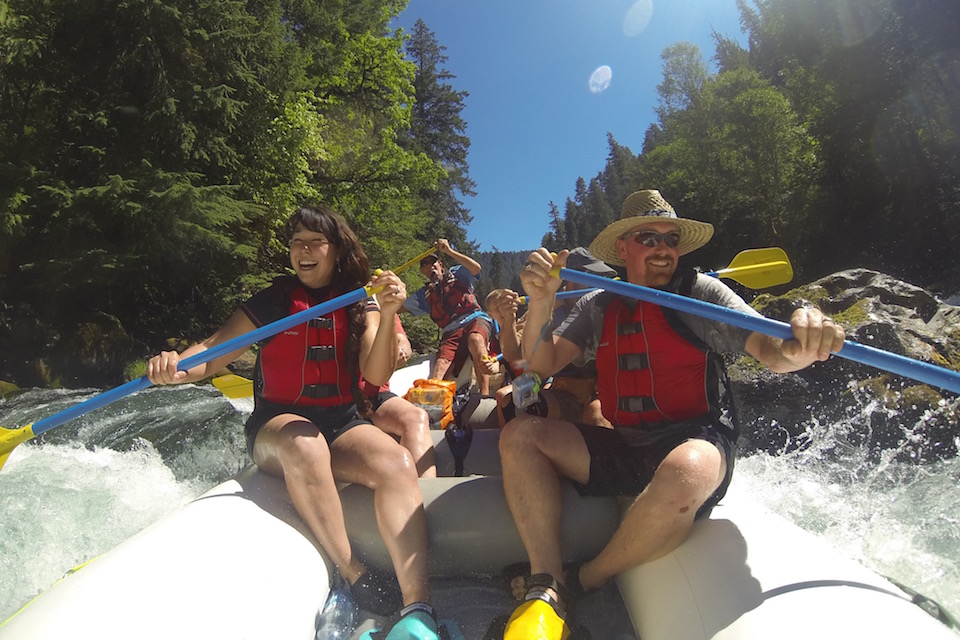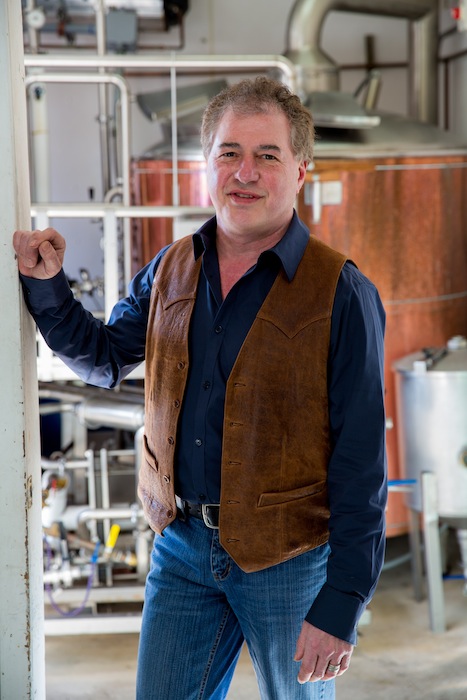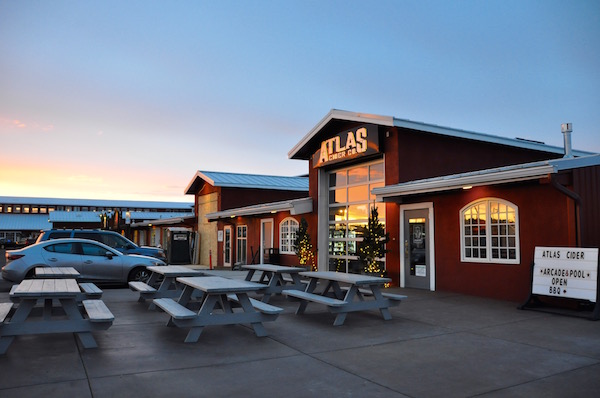written by Juliet Grable | photos by Claire Thorington
Twelve years ago, Bill Shanor and Julie Bonney drove outside Dillard, Oregon, and spent a weekend in a plywood-sided shack learning how to make moccasins. Soon after, they began holding moccasin workshops out of their garage in Ashland. One morning, Shanor, a master bootmaker, turned to his wife and said, “Let’s teach all of it!”
When they opened Bonney & Wills School of Shoemaking and Design, a man who wanted to make custom pumps for drag shows came around. The clientele came from all over, even from the outset. They now have students from Portland, Canada, Australia, England and China. Professional designers and pattern makers who work for big-name companies (including Nike) even arrive at Bonney & Wills never having made a pair of shoes. Others clients include middle-aged newbies, hungry to work with their hands.
Today, the school offers up to seventeen courses per year, teaching small groups of students how to craft footwear, from high heel pumps and men’s dress shoes to hiking boots and over-the-top fashion boots.
Shanor, 71, doesn’t fancy himself a guru dispensing secret knowledge of shoemaking, and he doesn’t believe there’s only one way—the way—to do something.
After seven intense days, his students go home with a completed pair of shoes and a toolbox of new skills. “It can be brutal, because we are not a ‘maker’ society,” said Shanor. “Quite frankly, one in ten has any concept how to even swing a hammer.” Emotions can range from frustration to euphoria. “These are not ‘bar-to-car’ or ‘twoblock’ shoes,” said Shanor. Students don’t work with cheaper pig suede; instead, they choose from strong, fine leathers that cost up to $15 per square foot.
Bonney & Wills stands out among North America’s handful of shoemaking schools, both for the range of classes and quality of the facilities. The workshop—in an inconspicuous space in Ashland’s Hersey Street industrial district—is full of wood-handled tools, rows of lasts (known as shoemaking forms) and sturdy machines that perform single tasks, such as attaching heels and thinning (or skiving) leather. There are a dozen sewing machines that the couple has engineered so they do not produce 5,000 stitches per minute, a pace too quick for beginners.
“The goal for most students is to be able to go home and make shoes,” said Bonney. “So we try to get their hands on them as much as possible.”
Shanor teaches, and Bonney runs the business, assists in the classroom, encourages and sooths flustered students, and helps them with the logistics of lodging.
The time between courses allows the couple to travel to trade shows, such as the International Leather Fair in Milan, where they learn new techniques and gather materials.
“When I tell people we inseam shoes and sew welts, they can’t believe we let students do that,” said Shanor. “I don’t tell [the students] it’s impossible, so they just do it.”









